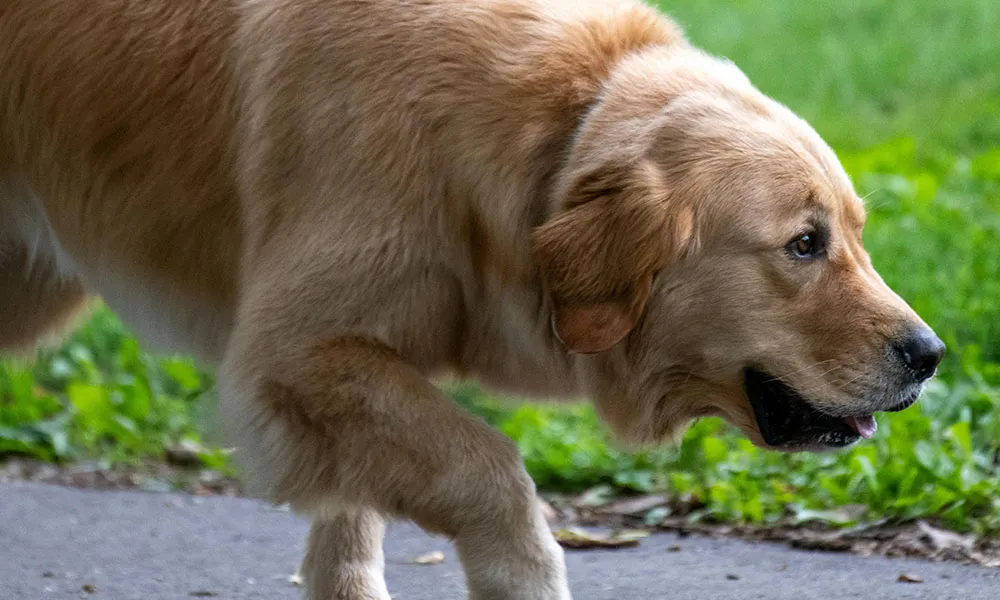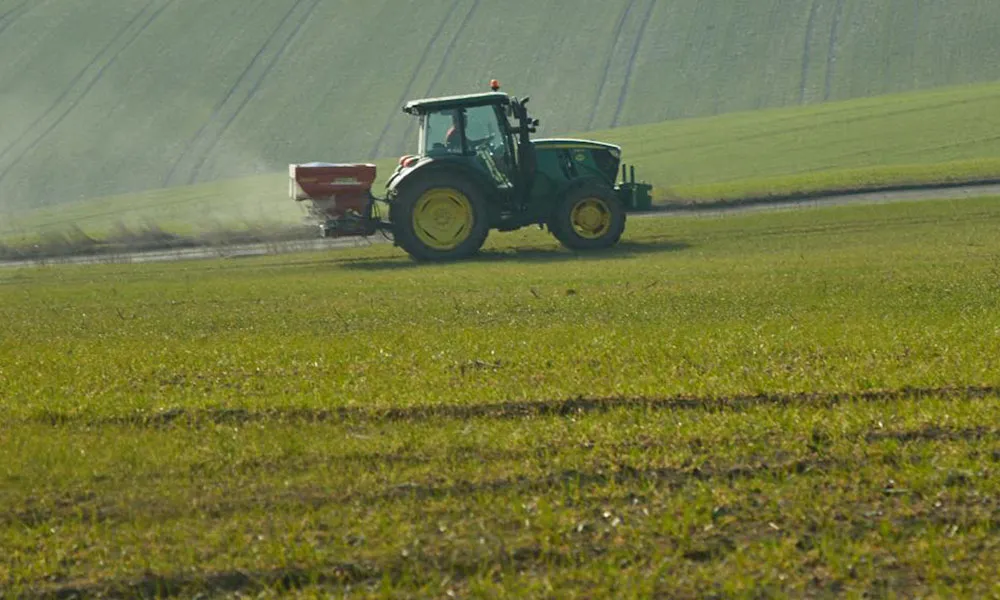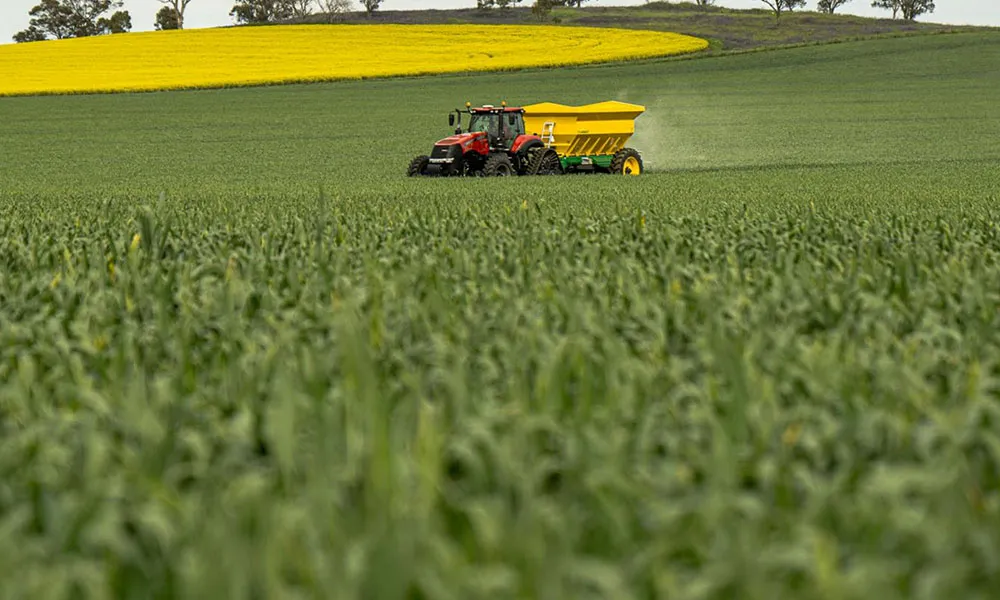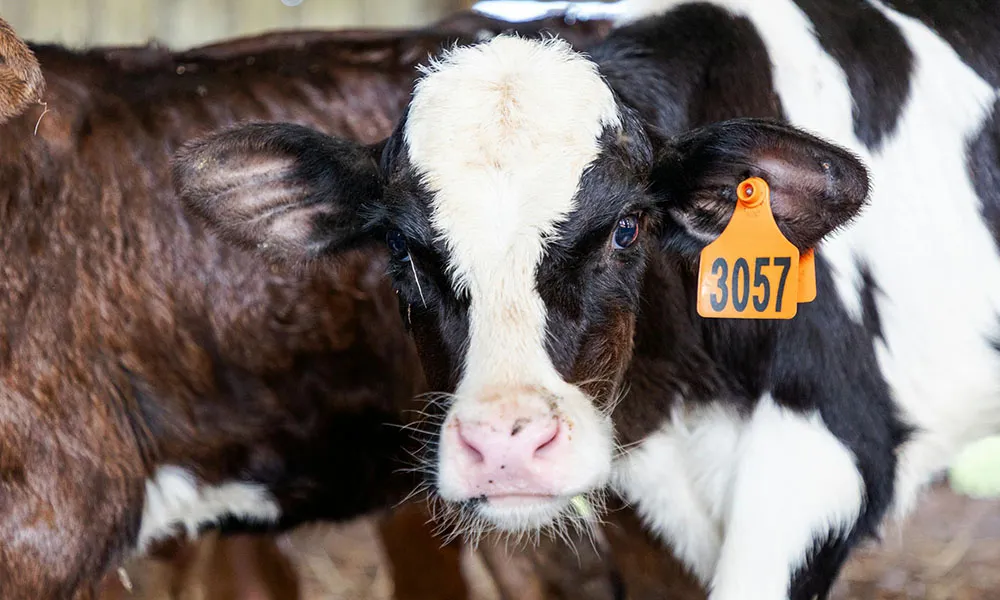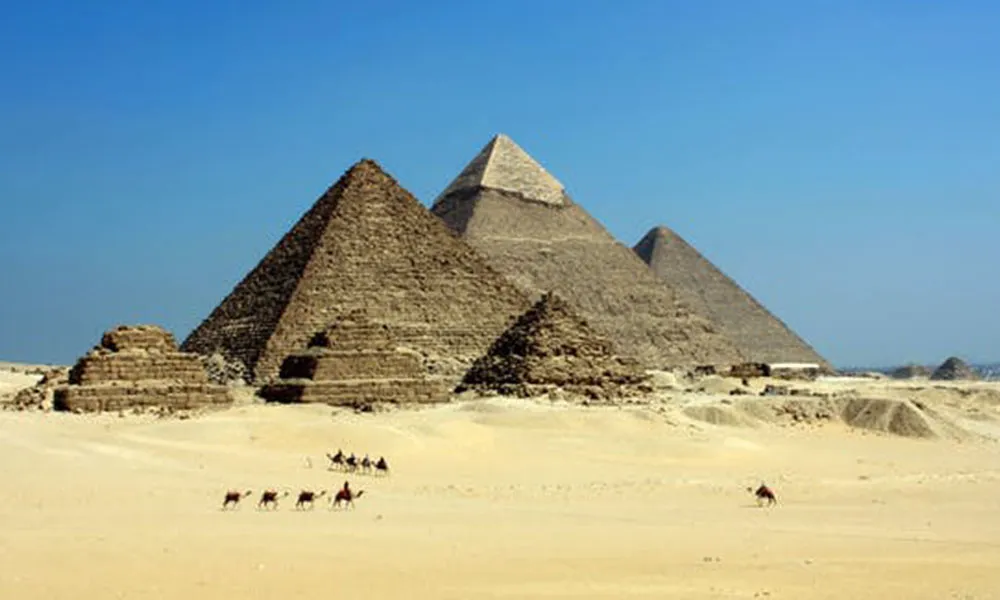
How farmers built civilization
It is a well-established fact that agriculture provided the foundations on which human civilization was built. Without agriculture, few of mankind’s other achievements would have been possible. The history of farming is long, complex and not always clearly understood, but archaeologists, anthropologists and scientists have been able to piece together a clear picture of how the agricultural revolution changed the course of human history.
Beginning around 12,000 years ago, human beings in some parts of the world – particularly in what we call the Near East – abandoned their traditional hunter-gatherer lifestyle. Instead, they became sedentary and started to build permanent dwellings. This dramatic change in human behaviour, which took place in the Stone Age, is known to history as the Neolithic Revolution.
Agriculture, the new, effective and reliable means of food provision, facilitated steady population growth. As populations grew over time, dwelling centres became settlements, settlements became towns. As communities expanded over centuries and millennia, there would have been a growing need for organizational and administrative structures. Gradually, some towns became great fortified cities and these were the predecessors of the first city states and even the world’s first empires.
Why did it happen?
There is no doubt about the seminal role farming played in the historical process of civilization-building. But it is unclear exactly what prompted nomadic peoples to move from hunter-gatherer survival to the management of crops. One theory holds that, in the fertile region of Mesopotamia (the place between the Tigris and Euphrates rivers), climactic changes at the end of the last Ice Age allowed annual crops like wild cereals to flourish. Evidence from Syria shows that cereals were grown there at least 9,000 years ago. Further east, pressure on food resources may have necessitated a change in lifestyle. Evidence for rice farming in China dates back to around 6,000 BCE, while evidence from Mexico proves that the squash was first cultivated there around 10,000 years ago.
Animal domestication
Animal domestication seems to have developed during the same time as crop management, though not necessarily alongside it. Archaeological evidence for the domestication of ruminants such as cattle, sheep and goats indicate that it began in the Fertile Crescent (encompassing modern-day Turkey, Iraq and Iran) between 13,000 and 10,000 years ago. It seems that goats were the first ruminants to be domesticated. They were first tamed for agricultural exploitation in the Zagros mountains of western Iran.
With the domestication of ruminants came the advent of meat and dairy farming. Dairy farming spread westward into Europe with other agricultural practices, and the high levels of lactose tolerance among modern European populations proves that most of us are descended from dairy farmers.
The horse
Possibly the last common farm animal to be domesticated was the horse. There are obvious reasons for this, foremost among them being that horses are flighty and powerful animals and are not easy to tame to the bit. The significance of horse domestication in human history is clear: horse-riding facilitated rapid movement of populations. A mounted population group could travel several times the distance of groups migrating on foot. Inevitably, the animal also became a powerful instrument of war, allowing for rapid and attack and retreat.
Archaeological evidence indicates that the horse was first domesticated in the Pontic Steppe region of modern-day Ukraine around 6,000 years ago. The animal’s domestication is associated with the rise of a warlike population group often referred to as the Indo-Europeans. Archaeologists and linguists believe that this horse-riding group spread out from the Pontic Steppe region between 6,000 and 8,000 years ago, conquering the surrounding peoples and eventually spreading their language and culture across most of Europe as well as western Asia. The great European civilizations, such as the Roman, Greek and Germanic, were all culturally descended from the Indo-Europeans. Almost all modern European languages, as well as many western Asiatic languages, are believed to be Indo-European in origin. This is why there are similar-sounding words in languages as geographically distant as Irish Gaelic and Indian Sanskrit.
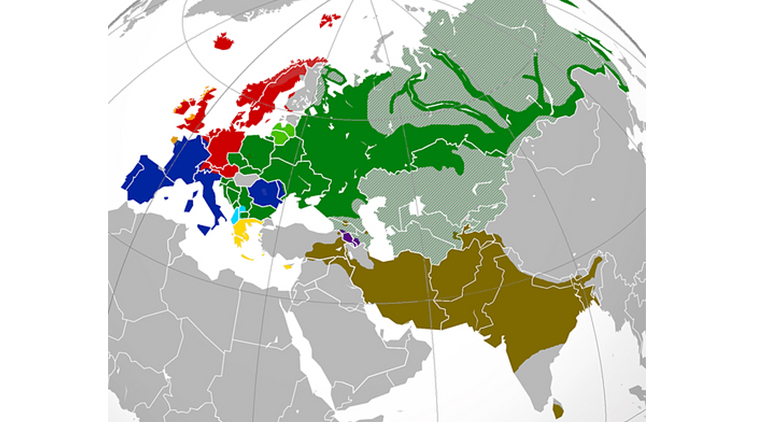
There is little doubt that the domesticated horse was key to the Indo-Europeans' success. The horse had a central place in the cultural iconography of the Indo-European peoples and was often associated with kingship and nobility. These associations live on in the European consciousness to this day. Horse-racing, after all, is still commonly referred to as “the sport of kings”.
Thanks for reading
So that's it for today. As always, thanks for reading. This article represents an introduction to a new Farming History series that will be running on the Agridirect.ie blog for the next few months. If there is a farming history topic of particular interest to you, whether it is the origins of agriculture in Ireland, agriculture in the Roman Empire, or something completely different, please be sure to let us know and we will try to cover it in an upcoming blog entry. In next week’s Farming History entry, we will explore how the bounty of the river Nile facilitated Ancient Egyptian agriculture and led to the rise of one of the greatest ancient civilizations.
Until then, happy farming!




